- All posts
- Concrete
- Driveway
- electric heated mats
- Energy Efficiency
- Enjoy
- Hail
- Health
- Heated Driveways
- Heated Floor Mats
- Heated Mats
- Home Maintenance
- Ice
- ice dams
- Landscaping
- Liability
- Michigan
- Press + Praise
- Property Maintenance
- residential
- Roof
- Roofs
- safety
- salt
- Senior Safety
- Shoveling
- shovelling
- Slip and Fall
- Snow
- snow and ice management
- Snow and Ice Removal
- Snow Melting
- Snow Melting Mats
- Snow Removal
- Snow Removal Contractor
- Winter Car
- Winter Driving
- Winter Gardening
- winter prep
- Winter Safety
Understanding the cost of snow removal is essential for homeowners preparing for winter. From DIY tools and professional services to innovative solutions like HeatTrak’s snow melting mats, explore ...
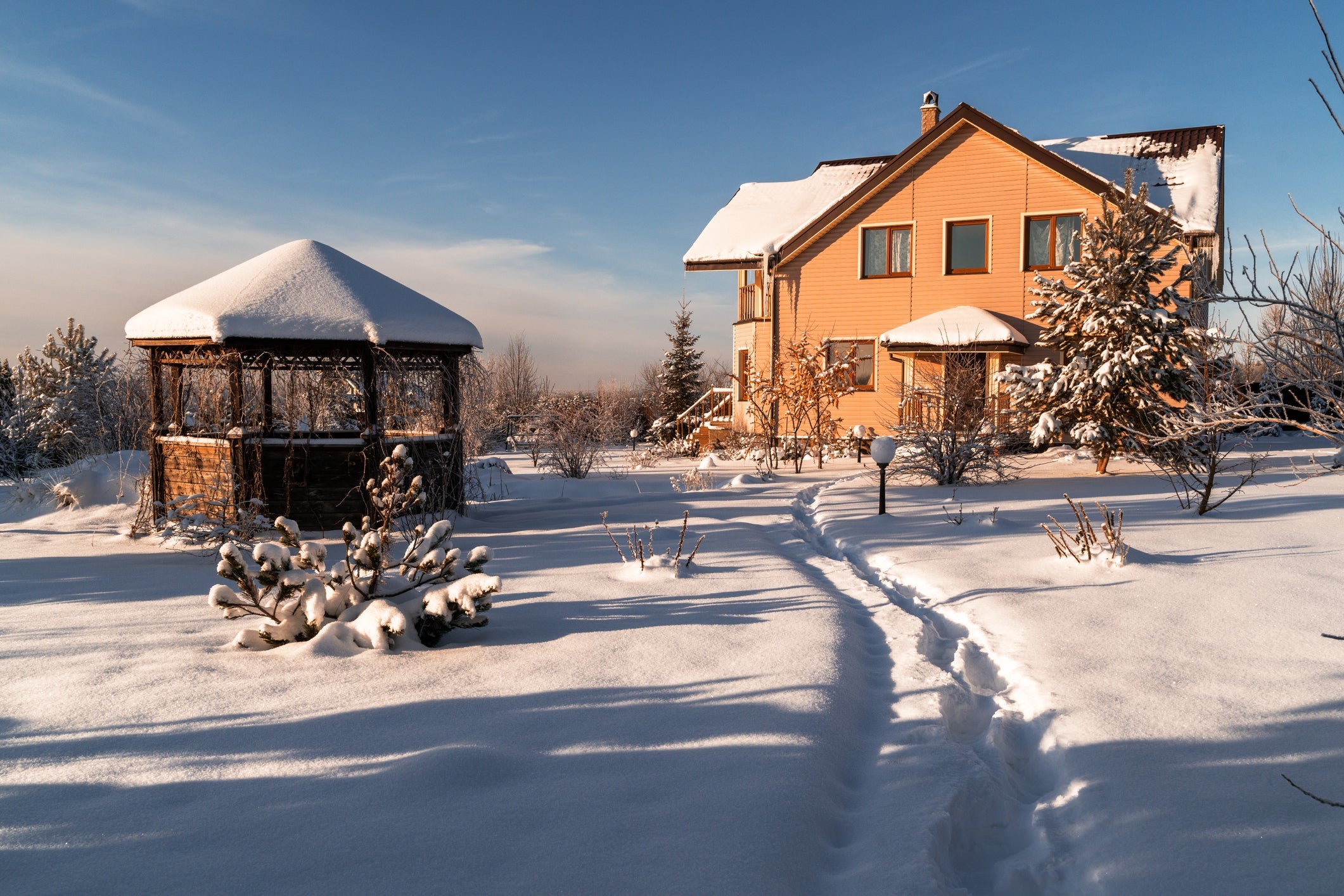
How to Remove or Melt Snow from a Driveway or Sidewalk: A Comprehensive Guide
Snowfall can transform your neighborhood into a winter wonderland, but when it blankets your driveway or sidewalk, it can be a hassle. Dive into our guide to explore diverse and effective snow remo...
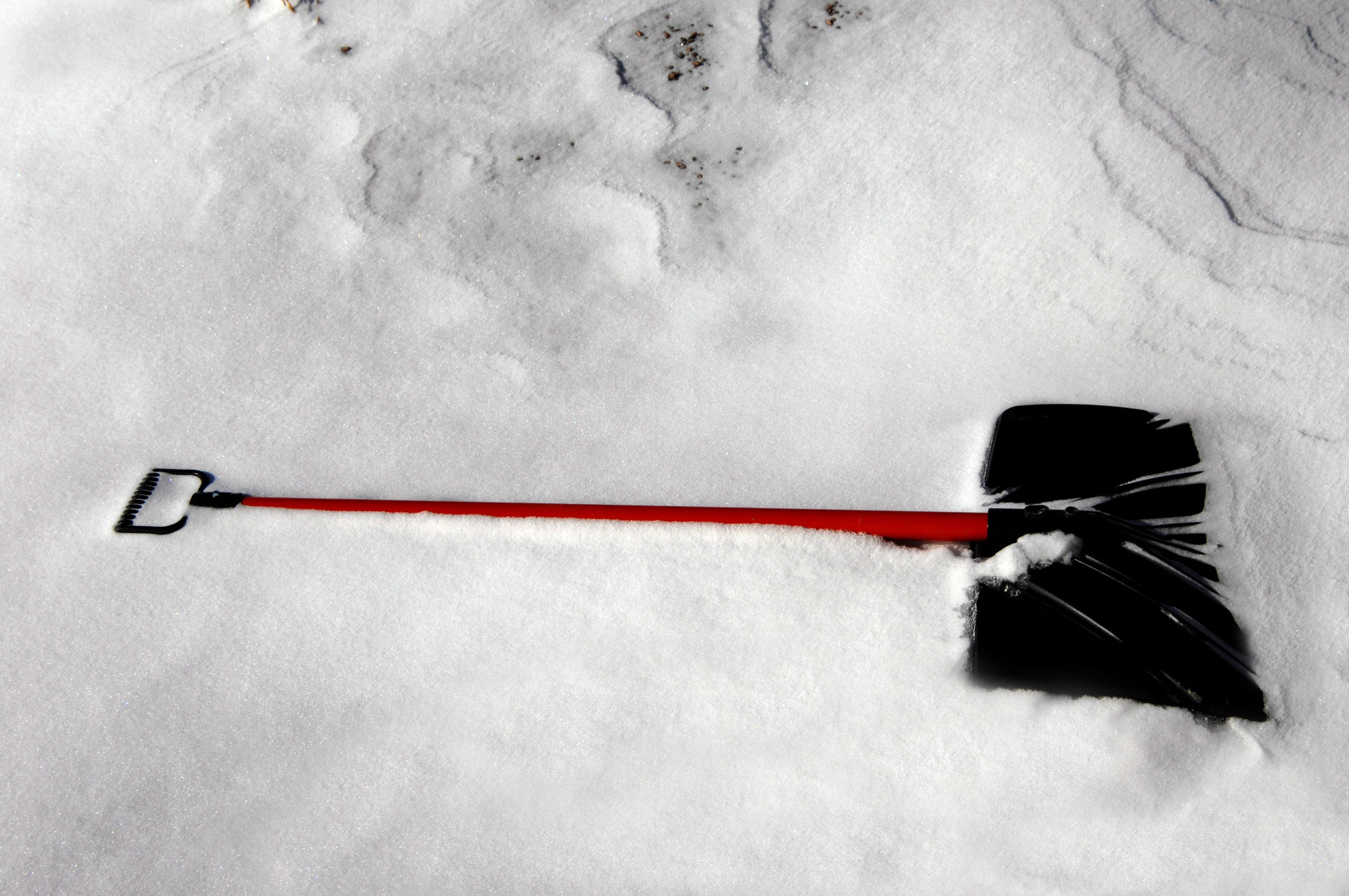
How to Remove Snow Without a Shovel: Innovative and Effective Methods
Tired of the backbreaking work of shoveling snow? There are smarter and more effective ways to tackle winter's challenges. Dive in to discover innovative methods to keep your driveways and pathways...
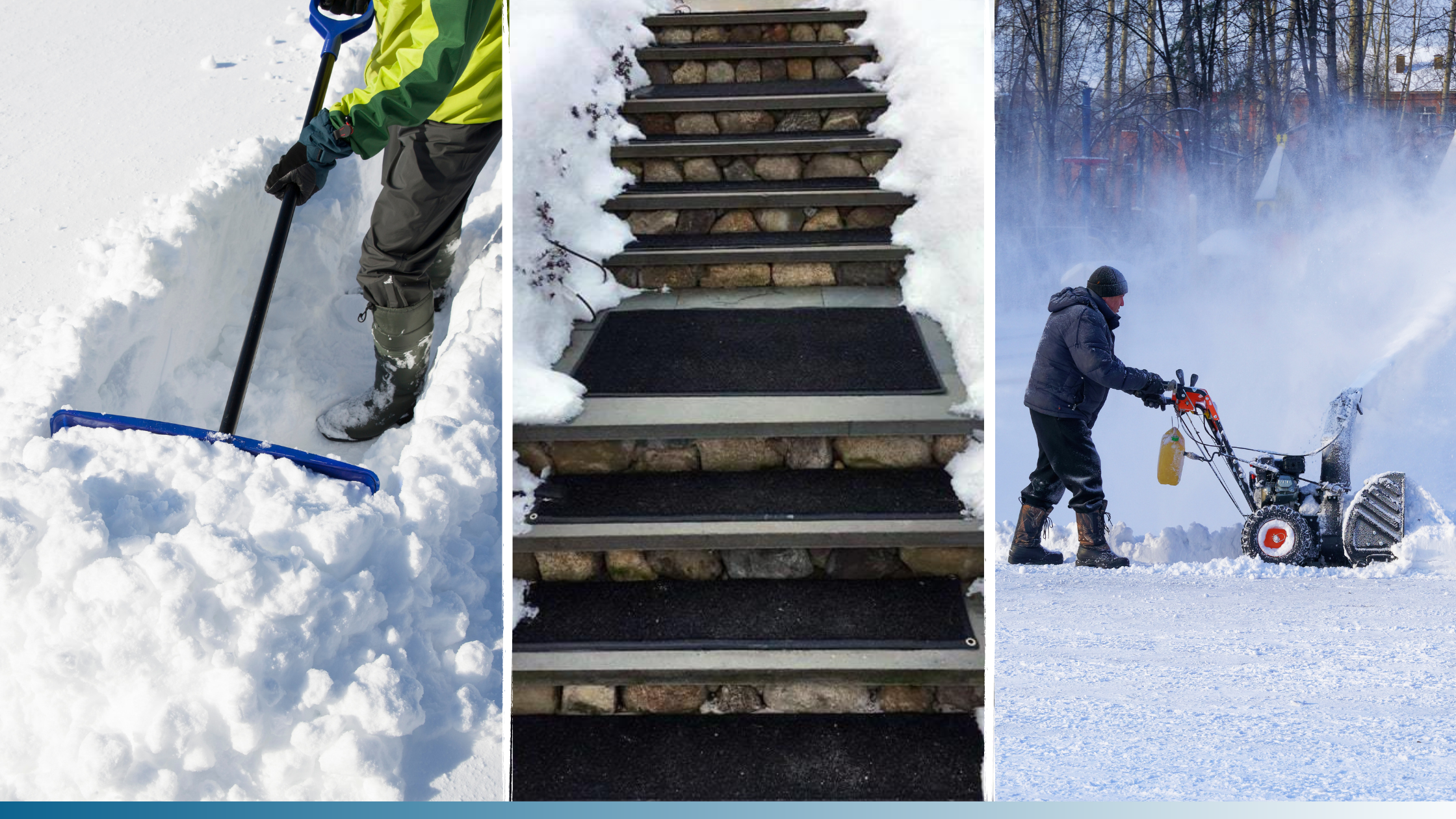
Navigating the Snow: The Best Snow Removal Equipment
We are all familiar with the traditional options like shovels and blowers, but what about more innovative solutions?
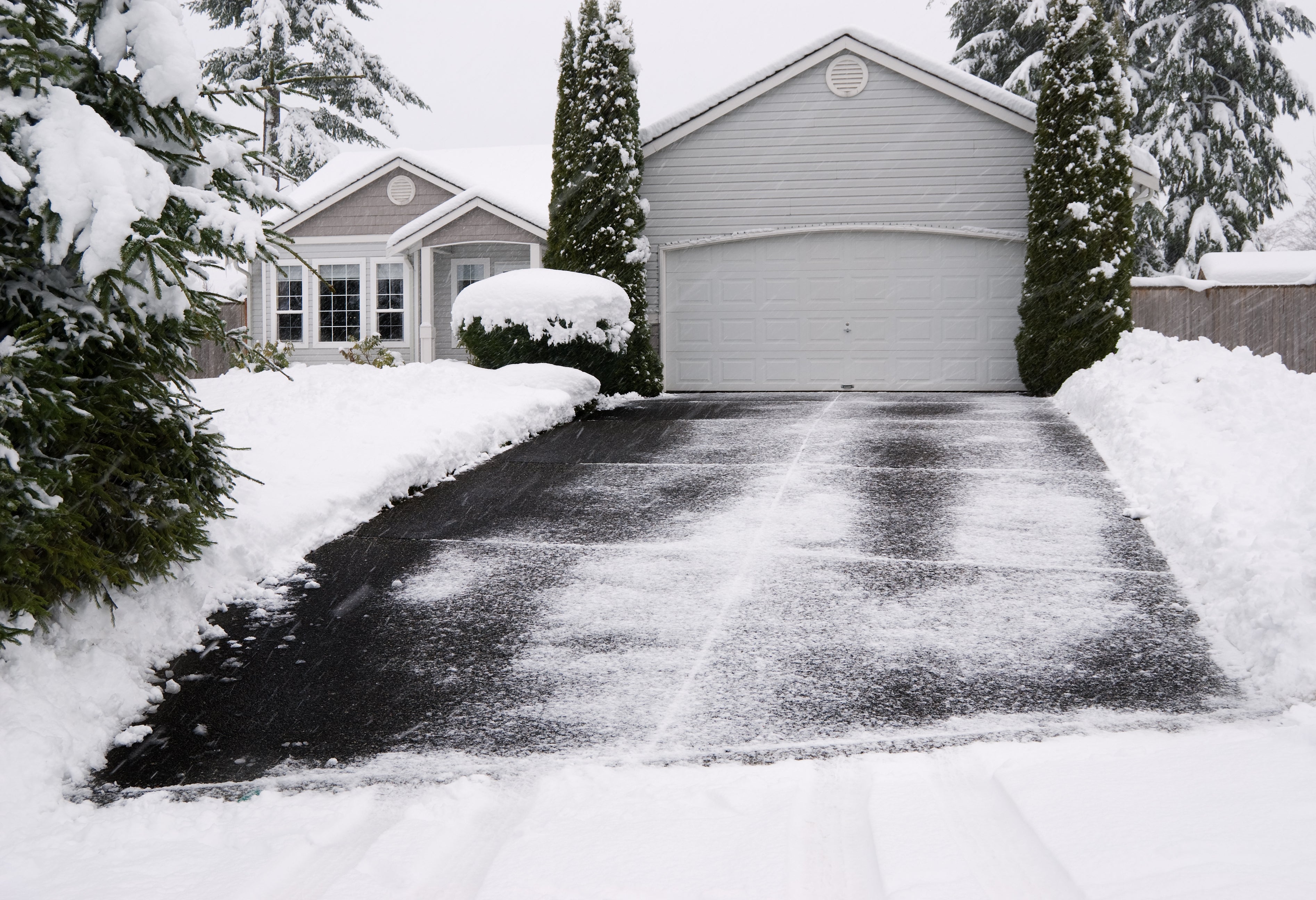
Heated Driveway Cost vs HeatTrak Snow Melting Systems: A Comparative Guide on Costs and Benefits
Explore the heated driveway cost and benefits in our comparison guide. Learn why HeatTrak Snow Melting Mats offer a more affordable, efficient solution.

Got Gravel? Removing Snow from a Gravel Driveway
Snow removal can take over your winter – it is time-consuming, and can be back-breaking work, depending on the storm. And when your driveway is made of gravel, you must take extra care to make sur...
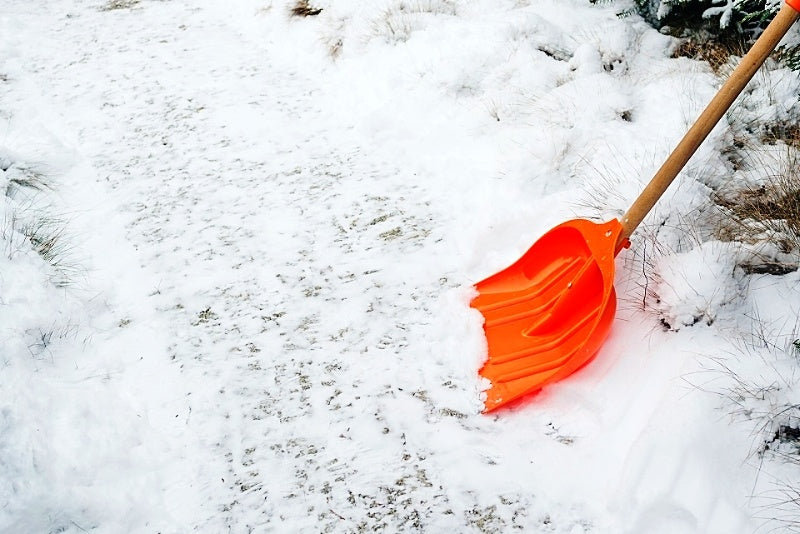
What are Alternatives to Rock Salt for Melting Ice on Driveways?
Rock salt's destructive tendencies on driveway pavements, especially on concrete but on asphalt as well, are well known. It is not surprising, then, that many homeowners are now seeking alternativ...
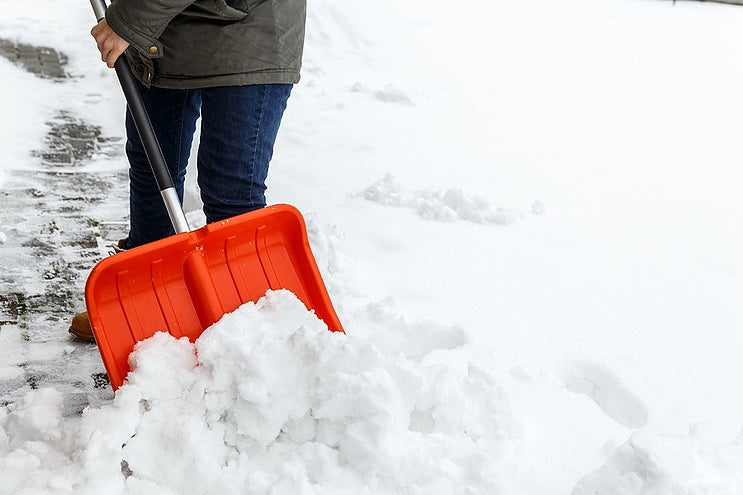
6 Surprising Ways Snow-Shoveling Can Damage Your Property
Is snow accumulating on your property? If so, it’s time to get out there and start shoveling. Allowing snow to pile up on or around your home can cause an array of problems. These might include a ...

Celebrate a Snow Day With a Dinner Party
A snow day is an opportunity to have a quiet day by yourself, or to enjoy a magical gathering of friends. When you’ve got HeatTrak Snow & Ice Melting Mats on your walkways and driveway, you can...
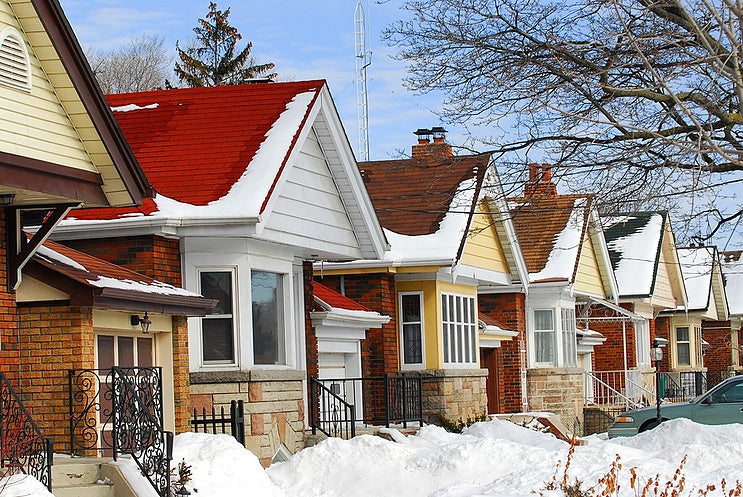
The Ultimate Winter Survival Guide: 15 Tips Every Homeowner Should Know
"Surviving" winter, both in terms of safety and finances, is not at all automatic. Winter weather brings with it numerous challenges that will test your property's durability and your ability to co...
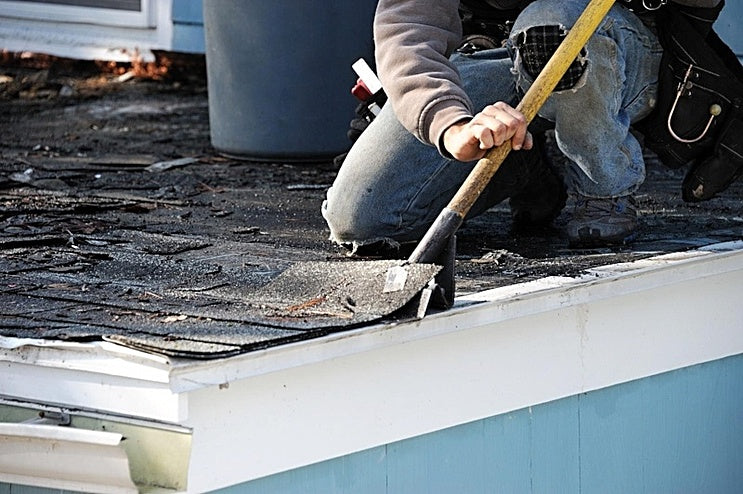
The Dangers of Rock Salt on Roof Shingles
Rock salt's ability to damage driveways and other outdoor pavements is relatively well known, but there is another place where rock salt can do damage to your home — on the roof top. Here are a num...
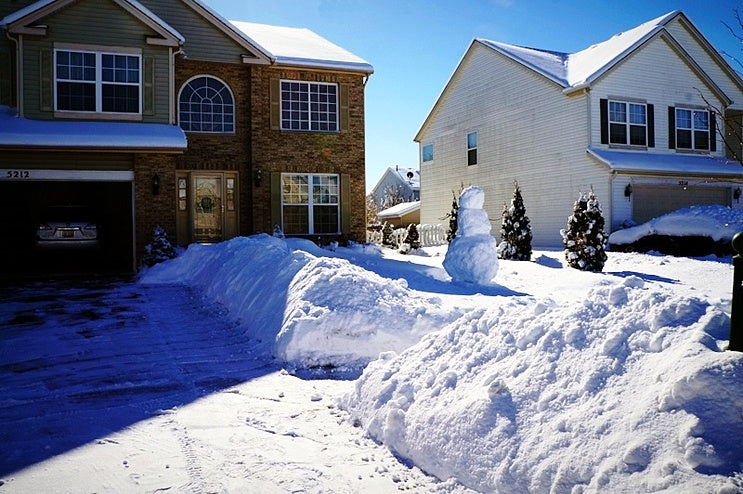
The Benefits and Drawbacks of Heated Driveways
When it comes to heated driveways, there are both pros and potential cons of installing either an electric coil or hydronic heated driveway. Let's review them and also take a look at an exciting ne...
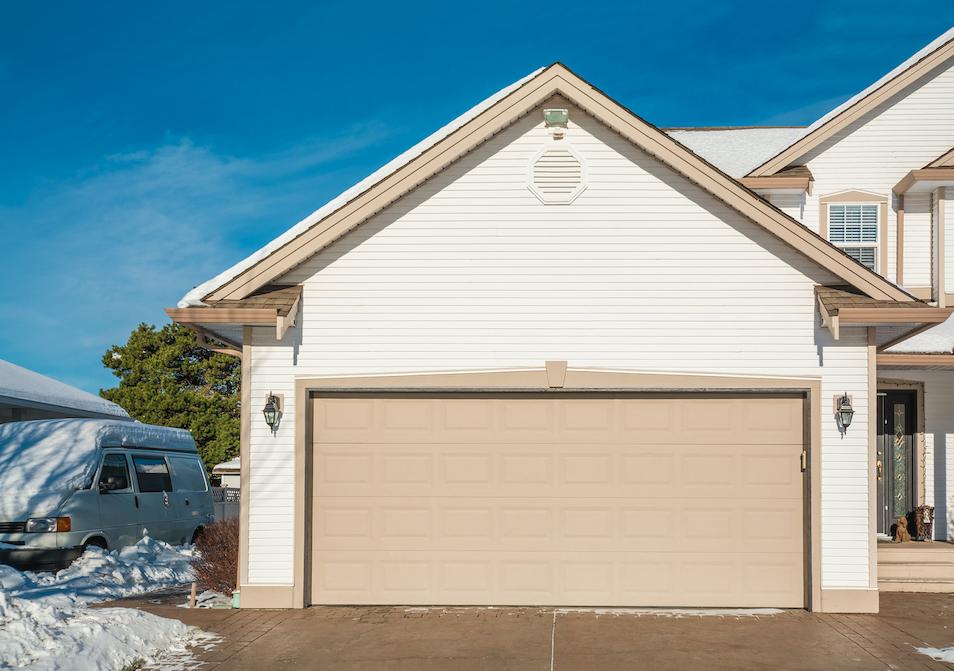
Should You Install a Heated Driveway?
Harsh winter storms, snow and ice accumulations, black ice, shoveling and de-icing: It’s enough to make a homeowner seriously consider installing a heated driveway. The idea sounds tempting, but ho...
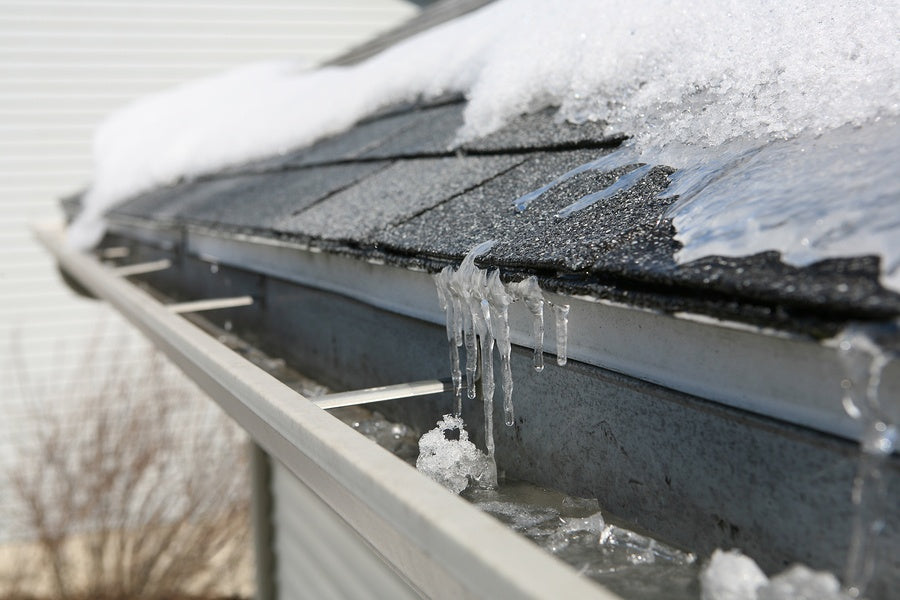
Understanding and Preventing Roof Ice Dams
While some may feel ice dams are inevitable, there are actually numerous concrete steps you can take to limit or even eliminate ice dam formation on your home's eaves. Understanding how and why ice...

How to Melt Snow and Ice Without Rock Salt
Rock salt is easily the cheapest option when it comes to melting snow and ice on U.S. roadways as well as on pavements at U.S. homes. Over a third of the salt sold in the United States every year i...